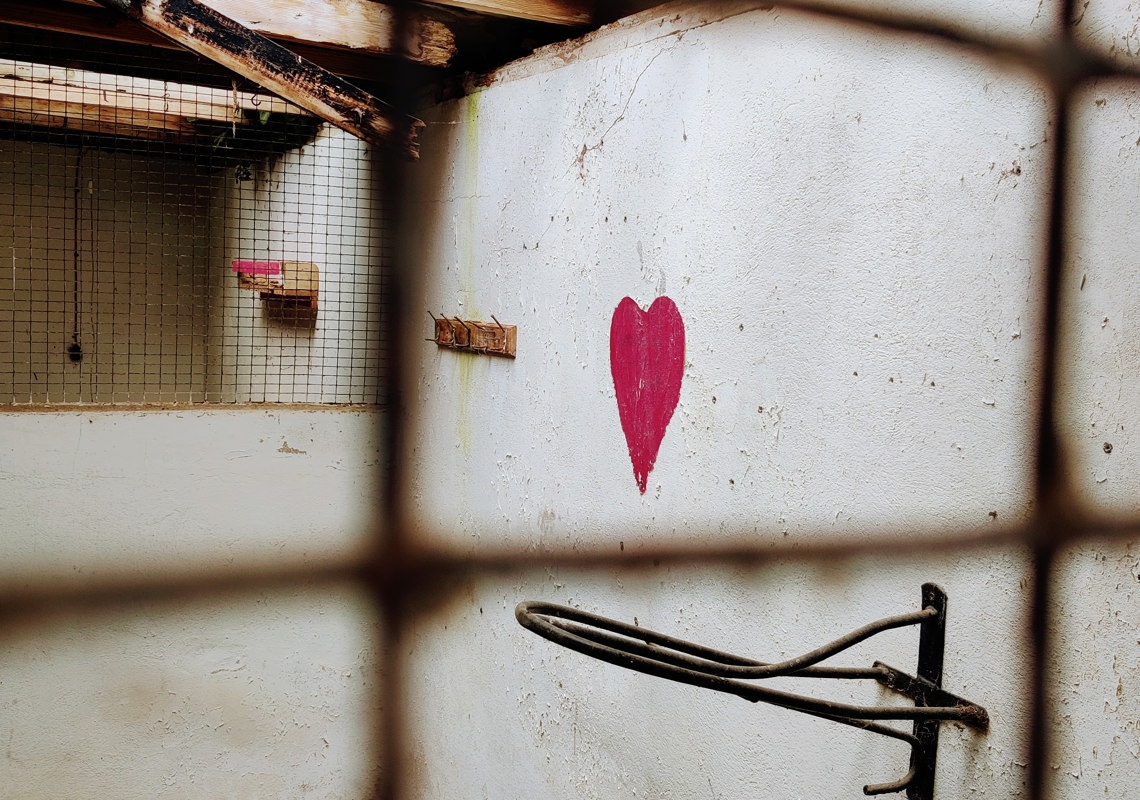When Heartward set out to buy Pleasant Rise Farm in Alfriston over two years ago, our Finance Circle adopted as a motto the words of legendary German film-maker Werner Herzog, “If your project has substance, the money will follow, like a common cur in the street, with its tail between its legs.”
Substance means having a strong and inspiring vision, and Heartward’s is based on three pillars: Socially Positive, Ecologically Regenerative and Financially Sustainable. This blog is about the third of these, our Financial pillar.
We decided early that we would not allow the price of entry to Heartward to rise, ever. Shares in the community will be index linked to local wages and rise or fall with them.
This might seem like a crazy decision for the founders to take. Unlike many other similar communal and cohousing schemes, we’ll never get rich from our investment in property. But it also means that there’s a chance we can create an affordable community not just now and for us, but in perpetuity. One that can remain open to young people, to people without huge capital to invest, and to key workers.
MHOS
Heartward will be established as a Mutual Home Ownership Society (MHOS), a novel form of cooperative that aims to bridge the gap between private ownership and a pure co-op. Cooperatives are often expensive to set up and cheap for later residents, while private ownership of cooperative housing tends to enrich the founders and become unaffordable to others.
In an MHOS, the co-op has a single mortgage, and residents have responsibility for a proportional share of the debt. They pay a rent of 35% of net income until their share of the collective debt is paid off, and thereafter pay a 10% charge in perpetuity. Those with high income will pay off their debt faster and contribute more to the community coffers, while those with lower income are able to live within their means.
Investing in Community
As resourceful people working together, it’s likely that we will be able to increase the value of the estate significantly. That wealth can’t be extracted by the members when they leave, and so it stays in our community where it can be used for a number of positive things. It can pay off debt, pursue our social or ecological objectives as a community, or establish more fledgling co-ops elsewhere.
Truly Affordable!
Or, perhaps most interestingly, it could be used to buy out some of the initial investment of the founding members.
By this mechanism a property that cost a Heartward founder £250k could be reduced in price over time to something more reasonable: say £100k, adjusted for inflation. This means that we can not only halt, but reverse the toxic rise in house prices for our members, bringing housing back within the reach of the young people we will need to attract to sustain our community.
Of course, affordability by itself isn’t enough to create a community. We have a lot of thinking to do about how we build our community and make it a part of the community around us. But a community-focused financial structure at least makes it possible for a community to thrive in the long term.
Heartward: a Model for the Future
The Heartward model could be adopted by other community housing projects. With government support, it could be a way to revitalise uneconomic rural farms.
There would be no need to concrete over any more land, since most farms already have an adequate footprint in terms of barns, sheds, stables and yards. Farms could once more become thriving communities of people living and working together, as they were before mechanisation. In exchange for a new cooperative committing itself to this model, which includes meeting measurable targets for ecological regeneration, high environmental standards in building and refurbishment, lowered vehicle use and so on, the government could give its support in planning and development.
By keeping our homes affordable, sharing resources fairly, and putting community before profit, we believe we can create a place where people from all walks of life can put down roots. It’s not the fastest or flashiest way forward, but it might just be one of the most meaningful. If it works here, it could work elsewhere too—and that’s a future worth investing in.
